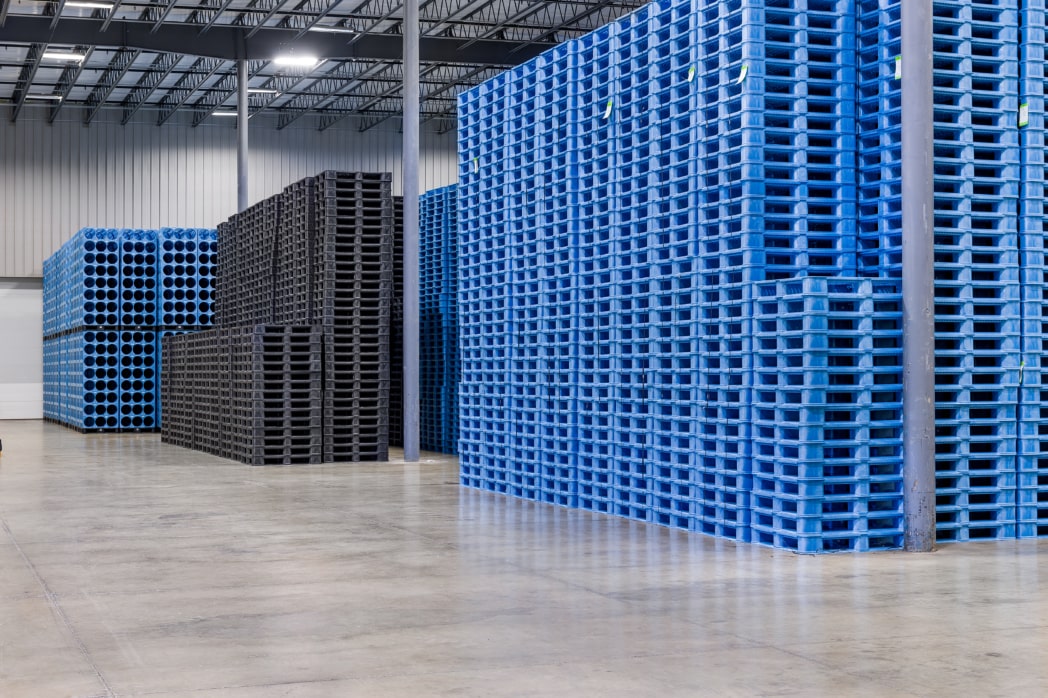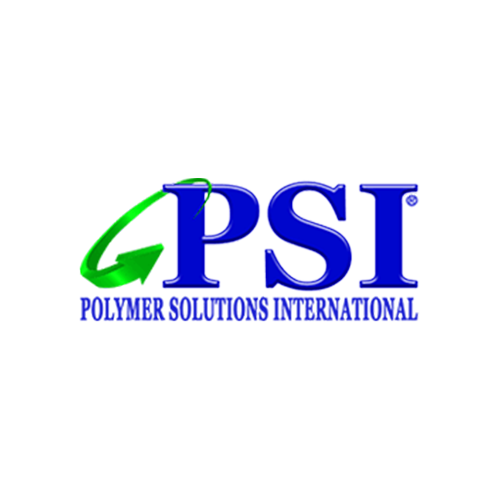By volume, bottled water recently surpassed carbonated soft drinks to become the most popular drink in America. Each year, the average American will use 167 plastic water bottles of varying sizes. What happens to those bottles after you consume the contents is up to you. Do they become waste, or are they recycled? As the bottled water industry experiences unprecedented growth, encouraging consumers to recycle continues to be an important issue for the industry.
How a plastic water bottle gets recycled is a fascinating process. Unfortunately, it’s not always effective. Municipal recycling programs are inefficient. Depending on the city, only between 60 and 80 percent of recycling is actually recycled. Part of this is due to error, but a significant portion of it is because of improper recycling practices.
Browse Our Water Rack Selection
The more we as consumers know about the recycling process, the more effective it will be. Here’s what happens to a typical water bottle when it is picked up from a municipal recycling bin:
- Sorting: Bottles and other recyclables are transported to a material recovery facility (MRF), typically owned by a private company under contract to your municipality. There, the items are dumped into a giant room called a tipping floor, where they enter the sorting process. A system of conveyor belts, tumblers and other machines, as well as human inspectors, separates recyclables by grade and discards unusable items. Recycled water bottles are then compacted and bundled together before being shipped to a recycling facility.
- Recycling: Only a few dedicated plastic recycling facilities exist in the United States. In fact, for a long time, all plastic water bottles were shipped overseas for processing. Wherever it takes place, the recycling process involves sorting the bottles into different colors — typically using a laser imaging machine — before washing them in a hot solution that strips away their labels. Then, they are ground up into small chips, dried and heated again to remove impu
- Selling and processing: Recyclers sell plastic water bottle flakes (known as rPET in the industry) direct to manufacturers, who use them as raw materials for products such as carpeting or polyester fabric. A small portion of flakes will find their way into new bottles. However, these need to meet food-grade standards, and they require additional processing as a result. While an increasing number of water companies are using rPET for their bottles, few currently contain 100 percent recycled materials.
All plastic water bottles are recyclable, but the fact is that only around 22 to 33 percent end up being recycled. Getting bottles into recycling facilities is just one step in the battle to improve these numbers.
While IBWA used to instruct consumers to keep caps off of items they recycle, that is no longer true. In fact, IBWA’s “Put It in The Bin” campaign now tells consumers to keep caps on. The material these caps are made of is highly sought after by recyclers and now — due to innovation — the cap’s small size is no longer the issue it once was for the recycling equipment.



